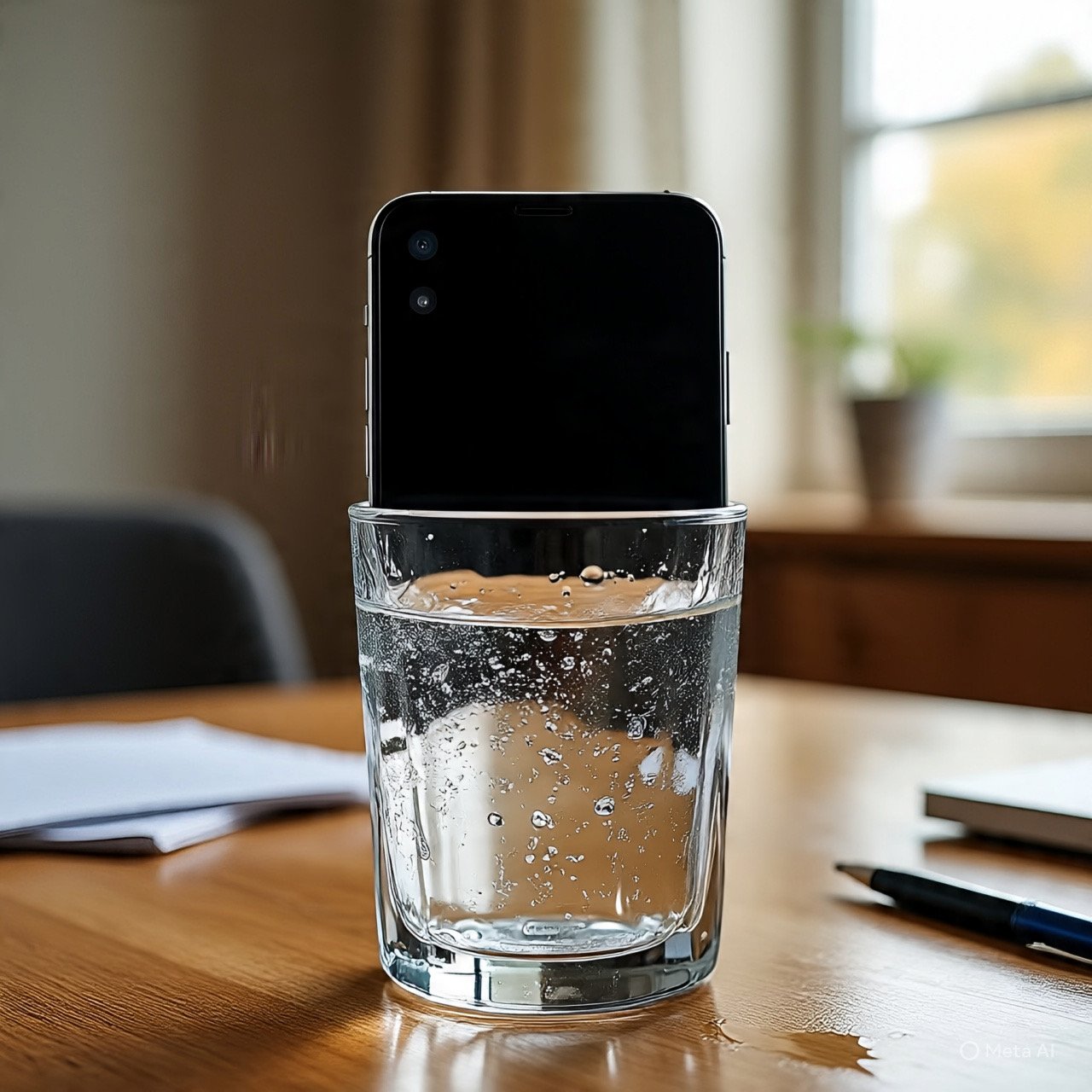Accidentally dropped your phone in water? Don’t panic! Whether it’s a splash in the sink, a dip in the pool, or a tumble into a puddle, there’s a good chance you can save your device if you act quickly. In this guide, we’ll walk you through the exact steps to take when your phone gets wet, helping you avoid costly repairs or a replacement. Follow these tips to maximize your chances of reviving your water-damaged phone and learn how to prevent future mishaps.
Why Acting Fast is Crucial for a Water-Damaged Phone
Water can cause serious damage to your phone’s internal components, leading to corrosion, short circuits, or permanent failure. The sooner you act, the better your chances of saving your device. Modern smartphones often have some water resistance (e.g., IP67 or IP68 ratings), but these protections aren’t foolproof, especially in saltwater or prolonged exposure. Let’s dive into the steps to take if your phone falls in water.
Step-by-Step Guide: What to Do If Your Phone Falls in Water
1. Turn Off the Phone Immediately
If your phone is still on, turn it off as quickly as possible to prevent electrical shorts. Press and hold the power button, or if it’s unresponsive, remove it from the water and avoid pressing any buttons to prevent pushing water deeper into the device.
Pro Tip: If your phone is connected to a charger, unplug it carefully to avoid electric shock.
2. Remove Any Case and Accessories
Take off any case, SIM card, headphones, or other accessories attached to your phone. This allows water to escape more easily and prevents trapped moisture from causing further damage.
3. Dry the Exterior
Use a dry cloth, paper towel, or microfiber towel to wipe off as much water as possible from the phone’s surface, including ports, buttons, and speaker grilles. Shake the phone gently to dislodge water from openings like the charging port or headphone jack.
4. Remove Internal Moisture
To dry the interior, place your phone in a bag of uncooked rice or silica gel packets for at least 24–48 hours. These materials absorb moisture effectively. If possible, use a vacuum cleaner (not a hairdryer) to gently suck out water from ports.
SEO Keyword Tip: Use “silica gel for phone drying” or “rice for water-damaged phone” to find the best drying agents.
5. Test the Phone
After drying for at least 24 hours, try turning the phone on. If it doesn’t power on, connect it to a charger (ensure the port is completely dry first). If it still doesn’t work, you may need to consult a professional repair service.
6. Back Up Your Data (If It Works)
If your phone turns on, back up your data immediately to avoid losing important files in case of delayed damage. Use cloud services or connect to a computer to save photos, contacts, and other critical data.
Common Mistakes to Avoid
- Don’t Use a Hairdryer: Heat can damage delicate components.
- Avoid Charging a Wet Phone: This can cause short circuits.
- Don’t Press Buttons Repeatedly: This may push water further inside.
- Don’t Freeze Your Phone: Freezing can cause condensation and worsen damage.
How to Prevent Water Damage in the Future
- Use a Waterproof Case: Invest in a high-quality waterproof case for added protection.
- Check Your Phone’s IP Rating: Understand your device’s water resistance limits (e.g., IP68 means submersion up to 1.5 meters for 30 minutes).
- Avoid Risky Situations: Keep your phone away from water sources like pools, beaches, or bathrooms.
- Consider Insurance: Phone insurance plans often cover water damage repairs.
When to Seek Professional Help
If your phone doesn’t turn on after drying or shows signs of malfunction (e.g., distorted audio, screen issues), contact a professional repair service. Authorized service centers for brands like Apple, Samsung, or Google can diagnose and fix water damage. Search for “phone repair near me” or check your warranty for coverage.
FAQs About Water-Damaged Phones
Q: Can rice really fix a water-damaged phone?
A: Rice can absorb some moisture, but silica gel packets are more effective. Both methods work best when combined with thorough exterior drying.
Q: How long should I leave my phone in rice?
A: Leave it for 24–48 hours to ensure maximum moisture absorption.
Q: Will a water-resistant phone survive submersion?
A: Water-resistant phones (IP67/IP68) can handle brief submersion, but prolonged exposure or saltwater can still cause damage.
Q: Is it safe to charge a phone after it gets wet?
A: Only charge the phone after it’s completely dry to avoid short circuits.
Conclusion
A water-damaged phone isn’t always a lost cause. By acting quickly, drying thoroughly, and avoiding common mistakes, you can often save your device. For future protection, invest in a waterproof case and take precautions around water. If you’re unsure about the damage, seek professional help to avoid further issues.
Call to Action: Have you saved a water-damaged phone before? Share your tips in the comments below, and don’t forget to bookmark this guide for future emergencies! For more tech tips, subscribe to our newsletter.
Keywords: water-damaged phone, fix phone water damage, phone fell in water, save wet phone, phone drying tips, water-resistant phone, phone repair guide


